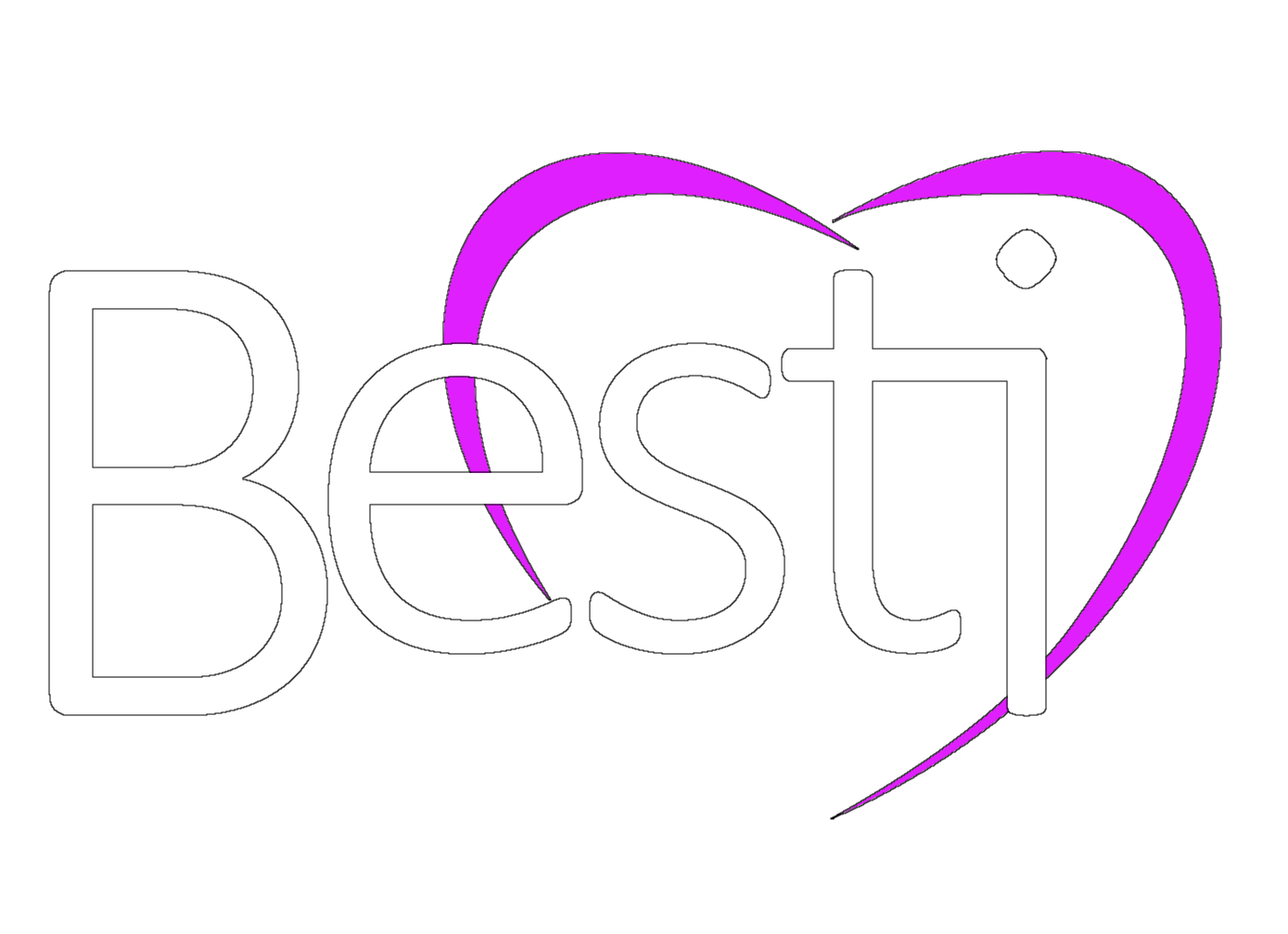Intro
Every aspect of the Besti SDK is designed with a key critical design concept in mind: allow users to create and distribute anything they want. A key aspect of “anything” is that creators can bring in their own 3D models and animations, but as most people have experienced upon dabbling in game design, creating 3D assets can be overwhelming.
It doesn’t have to be.
The purpose of this tutorial series is to turn everyone with a little bit of patience into a creator of original 3D content. The skills you learn here will teach you how to put original content in the Besti SDK, but it also provides a foundation to create beautiful artwork, or develop original video game content if that’s an interest to you.
Table of Contents
Tools to get. What do you need to download to get started developing for Besti?
3rd Party Tutorials. Get a foundation in Blender from the Blender Guru.
Our Tutorials. Learn to make new game-ready assets, or convert high quality art assets into game-ready assets.
Tools to get
Most indie game developers use freely available open source creation tools. They aren’t the best ones on the market, but a tool is just a way to get what’s inside your head onto the screen. An open source tool is not a limitation on what you create.
One of the tools we use extensively is Blender. Blender is a 3D art and animation tool, and it was recently completely overhauled with ease-of-use in mind. Now is the best time there has ever been to learn to create 3D art. These tutorials use the latest version of Blender.
If you don’t have Blender 2.8x yet, you can get it here:
Get Blender
A powerful image editor for making textures is also a very useful tool. There are a lot of options in this field, but if you would like to stick to open source software, it’s hard to beat the power of The GIMP.
Get The GIMP
The Besti SDK is also used extensively in these tutorials, so download the latest version of that. Follow the Getting Started guide to do that.
3rd Party Tutorials
With so much information out there, it can be difficult to determine where to start if you’re completely new to game design. We believe learning a 3D art application is the best first step, and since Blender is readily available and extremely powerful, we suggest the first step for any creator is to learn Blender 2.8.
Recently, Blender Guru began working on, in our opinion, the best Blender tutorial ever made. Because it is so good, our Blender and Unity tutorials consider their tutorial series a prerequisite. We have no affiliation with Blender Guru.
These videos are short, and easy to follow along with. The total time investment required is between 1 and 2 hours, and at the end of it, you will be able to create attractive 3D assets in Blender 2.8x. The files that you create by following these tutorials are included in the Besti SDK in the “Learn/Blender Basics” folder.
Level 1, Part 1: Introduction to Blender
Level 1, Part 2: Modelling
Level 1, Part 3: Mesh and Modifiers
Level 1, Part 4: Modelling
Level 1, Part 5: Sculpting
Level 1, Part 6: Lighting and Rendering
Level 1, Part 7: Materials
Level 2, Part 1: Particles
Level 2, Part 2: Random Materials
Level 2, Part 3: Texture Painting
Level 2, Part 4: Procedural Displacement
Level 2, Part 5: Final Donut
There are more tutorials on the Blender Guru page, but you’re ready at this point to start making Besti SDK assets and scenes! If you made it to this point but aren’t happy with your donut, the donut we made is in the Besti SDK in the “Learn/Blender Basics” folder called “BlenderGuruLevel2Complete.blend”
Our Tutorials
You can follow the “Basic Tutorial,” the “Advanced Tutorial,” or do both of them. They both lead to you making your donut a scene object that you can pick up and manipulate in VR with the Besti SDK. The Basic Tutorial tasks you with creating a new donut as a low-poly game-ready object, and the Advanced Tutorial walks you through converting your donut into a highly optimized and realistic game object.
The final part of this tutorial involves bringing your objects into Unity. If you are unfamiliar with Unity, you may want to do the Unity Basics tutorial, first.
Blender: Basic Tutorial
This tutorial covers creating a very minimalist (and admittedly pretty ugly) 3D donut that is completely game-engine ready with minimal modification.
Time Stamps:
- 0:00 — Introduction
- 1:58 — Discussion about this version of Blender
- 3:55 — Differences between “art” assets and “game” assets
- 5:09 — Creating a new mesh
- 13:10 — Creating a fast and simple material
- 29:14 — Exporting for use in Unity
Blender: Advanced Tutorial
This tutorial covers the steps involved in converting a high quality art asset (the donut you made in the Blender Guru tutorial) into a high quality game asset.
Part 1: Introduction, and creating albedo and normal maps
Part 2: Making particles “real” and starting on advanced materials.
Part 3: Continued advanced materials and the “metal map”
Part 4: Reducing complexity and exporting for use in Unity
Besti SDK: Importing and configuring new content in Besti
Both the “Basic” and “Advanced” tutorials have the same process of importing into the Unity and the Besti SDK. The “Advanced” donut is used here, but the process for configuring the “Basic” object is identical.
